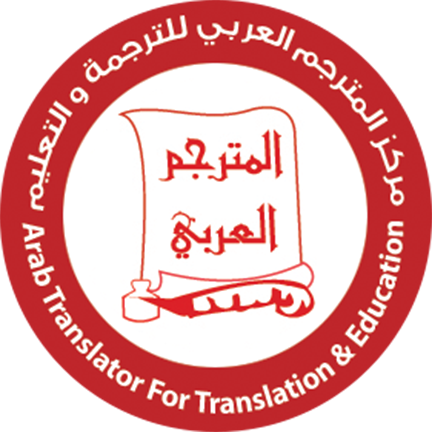Overview
Arabic language represents a culture and civilization that is spoken by a wide range of societies. As a result of the rapid events in the Arab world, the interest in learning Arabic language is growing in all over the world for political, diplomatic, economic, religious, cultural, educational, touristic and communication purposes. In order to gain a greater understanding of the world this is characterized by diversity, convergence, intellectual and cultural pluralism. As language is the primary means of communication and dialogue, our organization (Arab Translator Center) aspires to provide a distinctive teaching program using the latest international methods of teaching Arabic language to non-native speakers to contribute in disseminating this language widely and to strengthen its role and status as a universal language.
All courses shall be taught by specialized teachers who are experienced in teaching Arabic language to non-native speakers. The center provides educational programs and courses supported by social and cultural activities as well as field trips to encourage the direct interaction and communication with people and build-up cultural ties between nations.
The program aims to bring the learner the maximum extent of lessons and attitudes based on video, interactive activities, various and intensive educational activities; to be able to meet the education needs.
The educational content was prepared by an elite of Arabic language and applied linguistics specialists where the program levels are divided according to the language skills (listening, speaking, reading and writing) and the elements of language (Sounds, vocabulary and structures) in an integrative manner, adopting the module system
1- Introductory level (Listening): There is no doubt that listening is the main gate to learn the language and the right way to acquire it. The Arabic learner will not be able to learn until after listening to a speaker who speaks the words correctly and pronounce to him each sound separately, taught him the pronunciation basis so progress in the listening skill leads to progress in the conversation and reading since it's based on recognition, understanding, interaction, and criticism skills.
2- The main program consists of several levels, each level contains different topics dealing with Arabic language grammar are touched in several ways:
A. Main Education Video: A video about various life situations
B. Patterns and Structures: The program focus on presenting functional grammars through patterns, structures and various interactive exercises.
C. Reading: The program includes a set of texts and vocabularies that help the student to understand the texts know the symbols and utter it the correctly, extract general and partial ideas, and understand the meaning of the word within the context. It also includes audible text, and the student shall re-read with it the possibility of recording his voice, followed by a number of different exercises on it.
D. The conversation: includes several exercises according to the student level starting with self introducing and some questions and short sentences to the higher levels where the learner is asked to talk about a specific topic according to the output, with the possibility of recording his voice, and includes - as well - interactive video in which the learner makes a conversation with someone else in specific topic.
E. Writing: Includes different writing exercises according to the student level starting with the simple construction of the sentence to the paragraph and then to write in a specific topic according to the output. The program allows the student to write letters, words, arrange written symbols, placing them in sentences and paragraphs, linking them together, arranging ideas and information, and punctuation.
F. Exercises: General exercises on all skills and linguistic elements, includes a number of exercises such as: multiple choice, true or false, rearrange, correct mistakes, connect, fill the gap ... etc.
The exams
1- Placement test
2- Achievement tests at the end of each level
3- Efficiency exam
